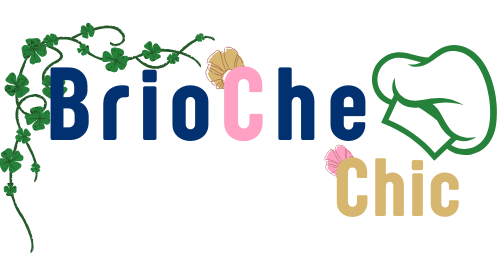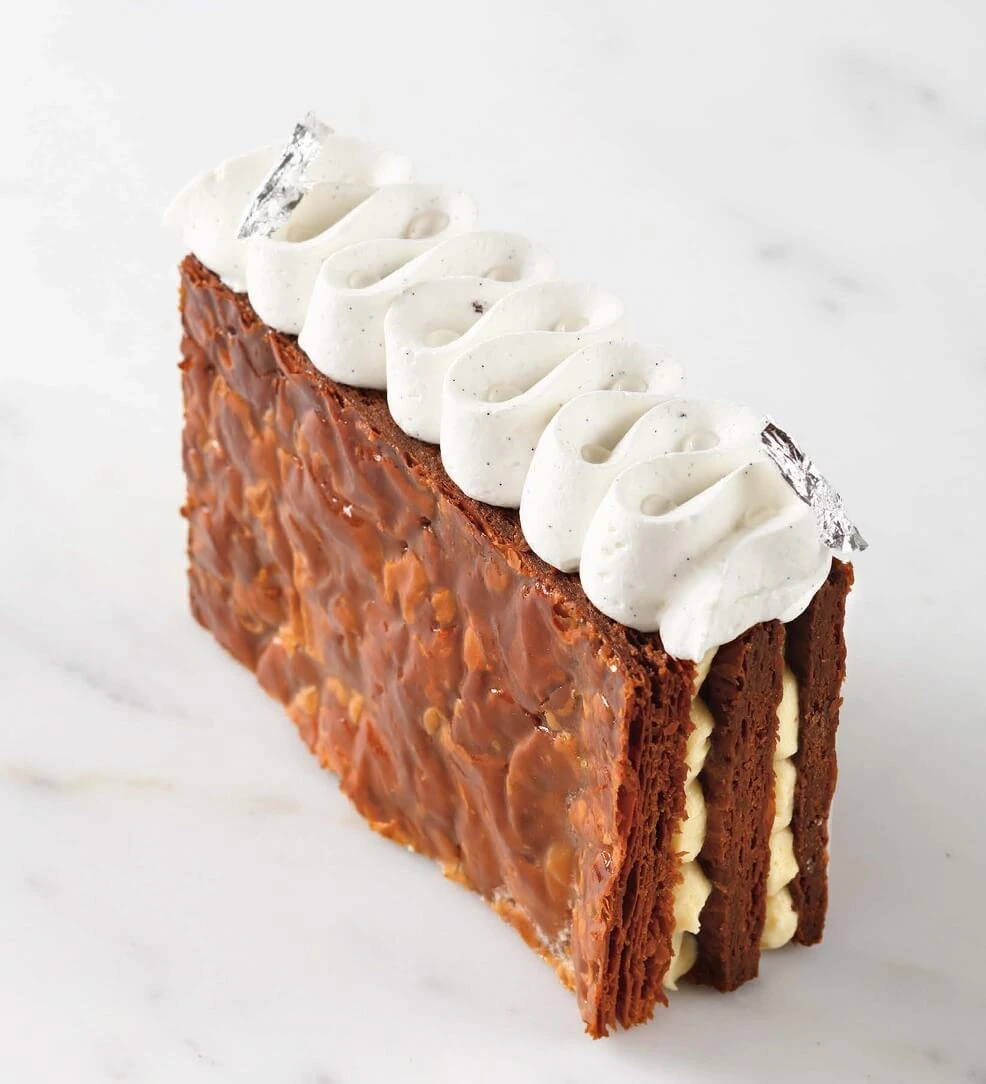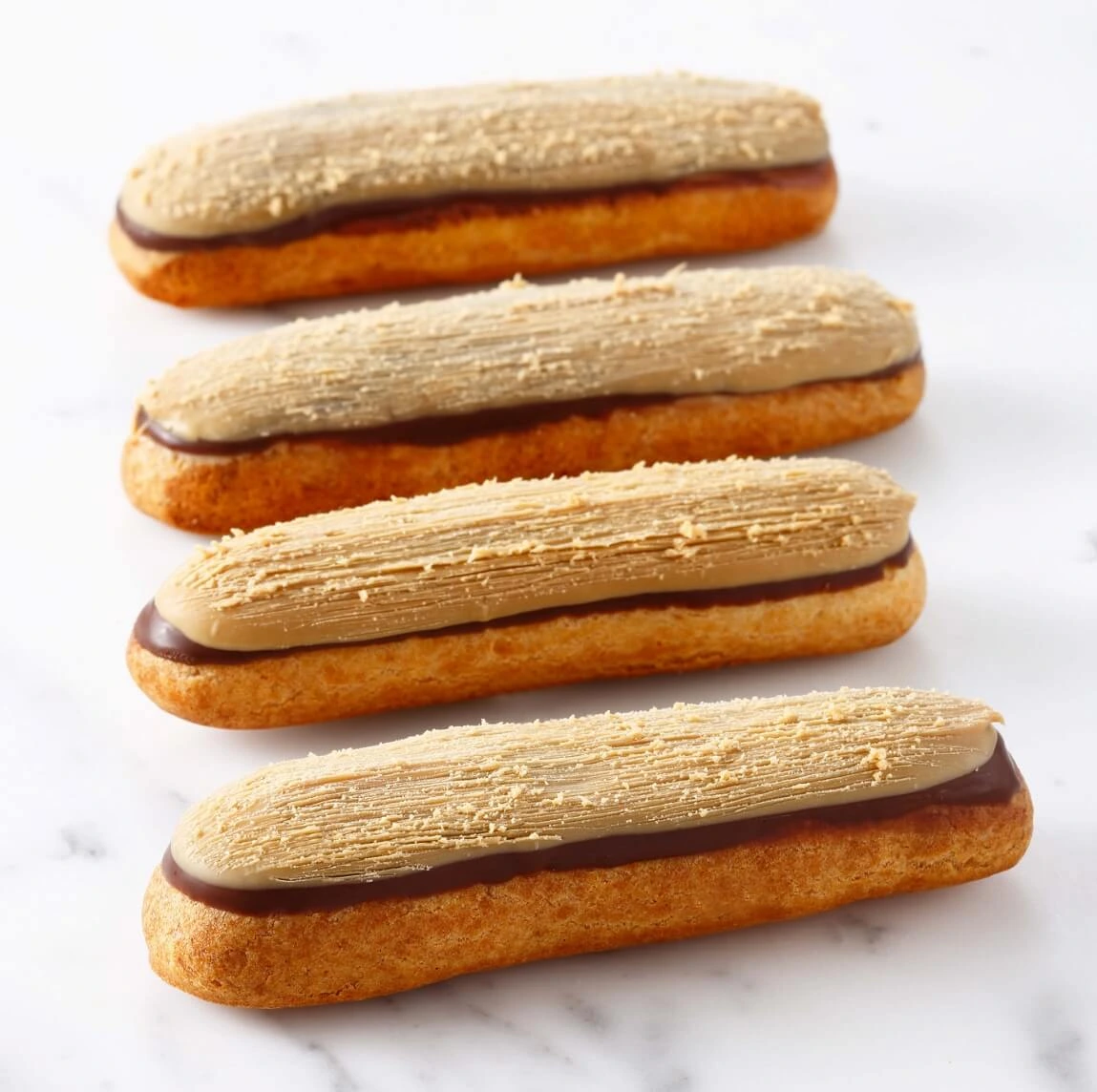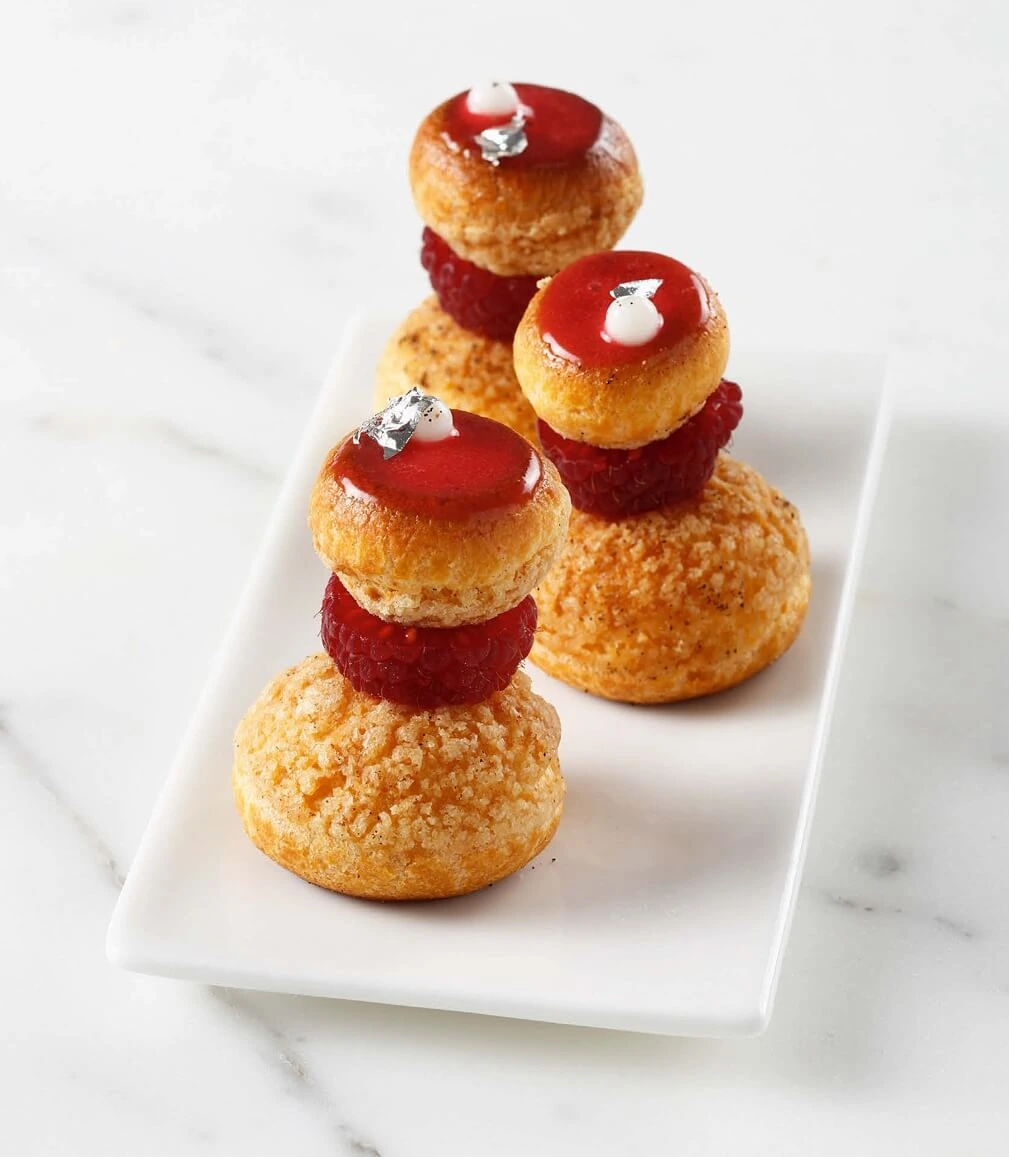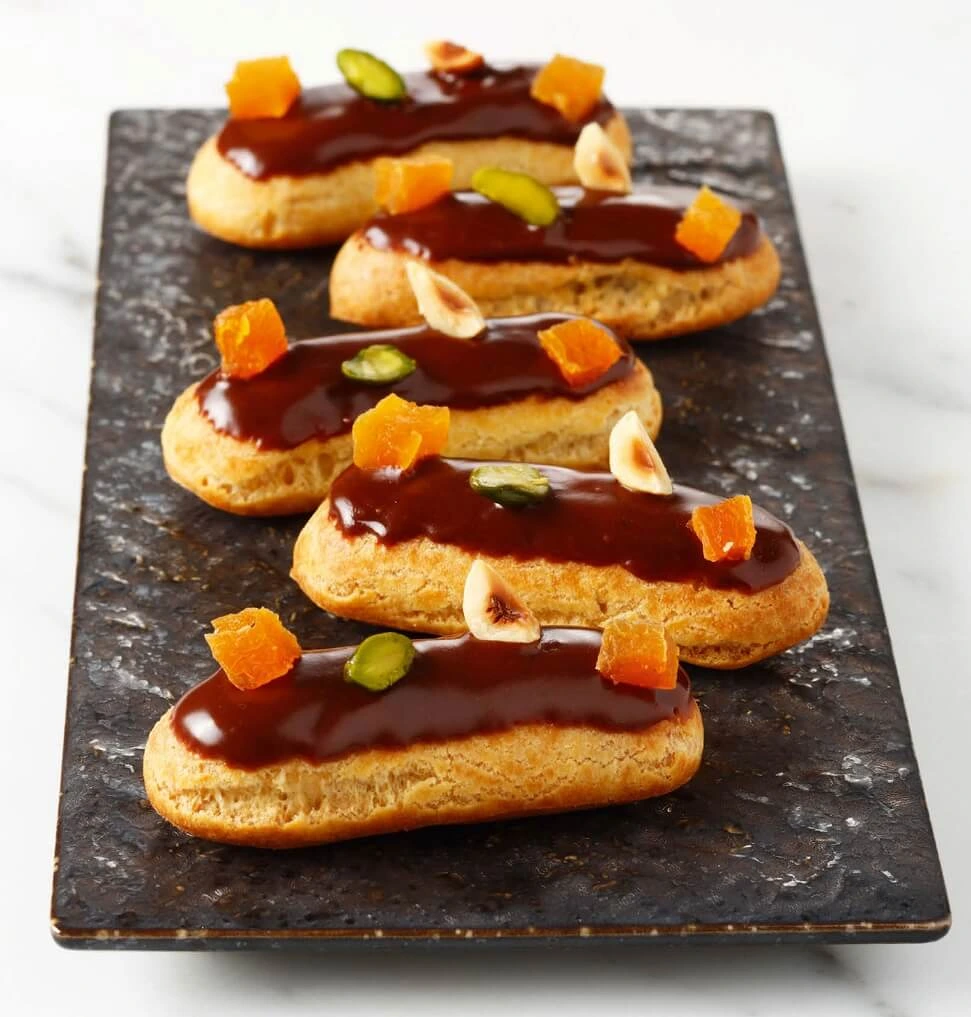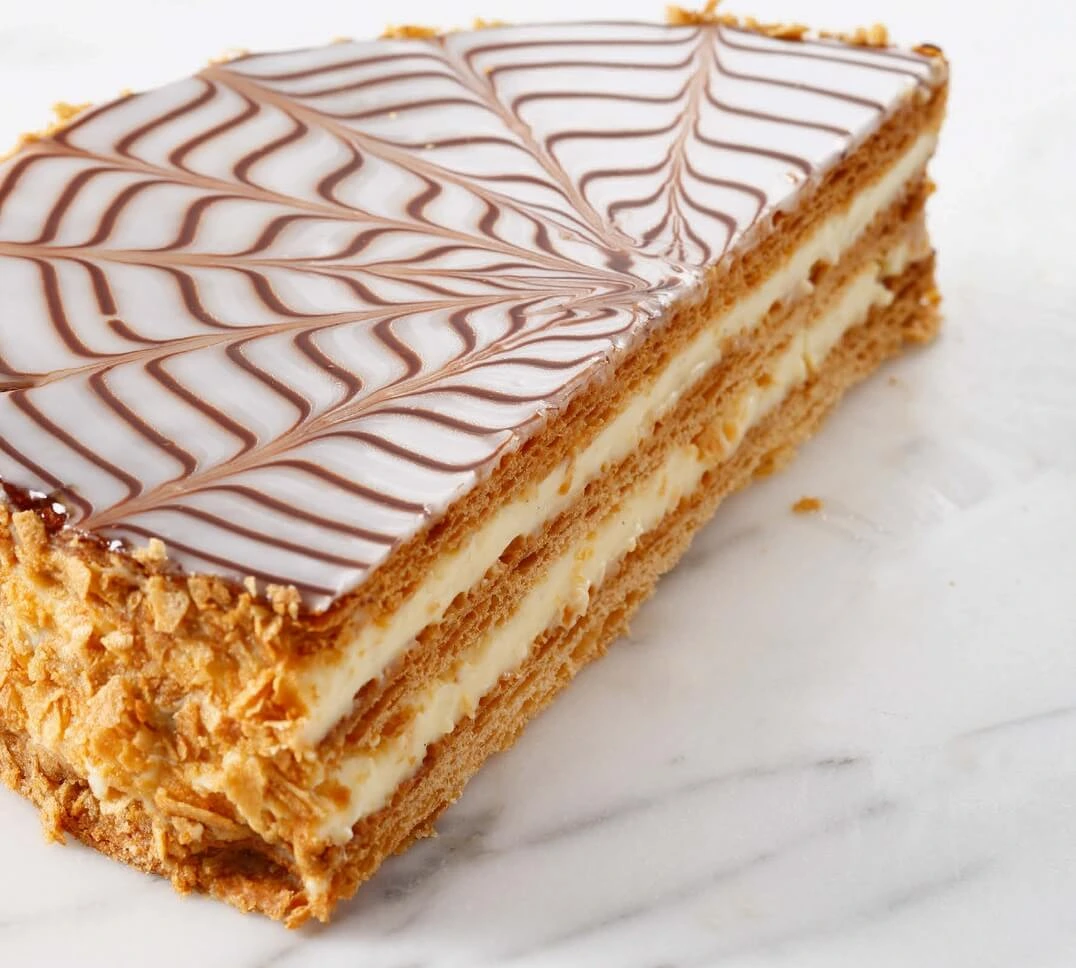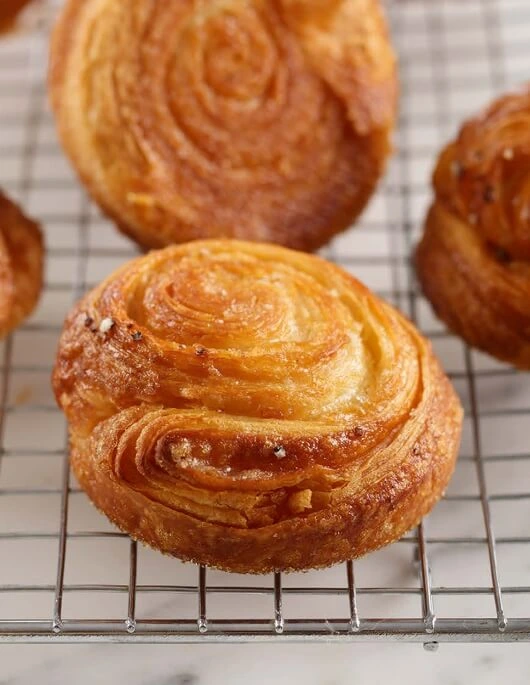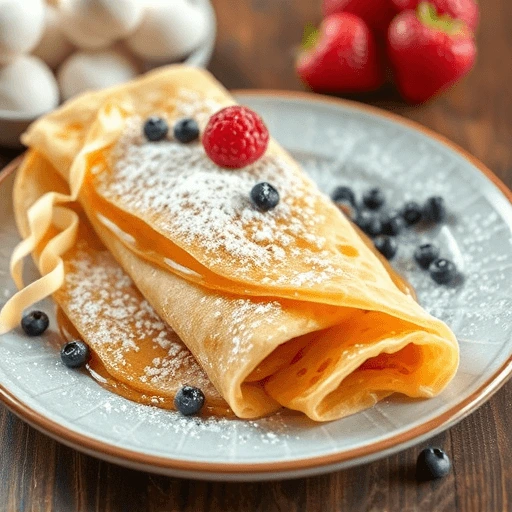From Oven to Elegance: A Chef’s Chocolate Millefeuille in Under 4 Hours
chocolate millefeuille recipe Layer upon layer of indulgence, the chocolate millefeuille is a dessert that redefines refinement. Rooted in the grand tradition of French pâtisserie, this elegant creation transforms a classic into something boldly modern, where crispness meets richness and precision meets decadence. At first glance, the millefeuille seduces with its striking architecture — alternating … Read more
